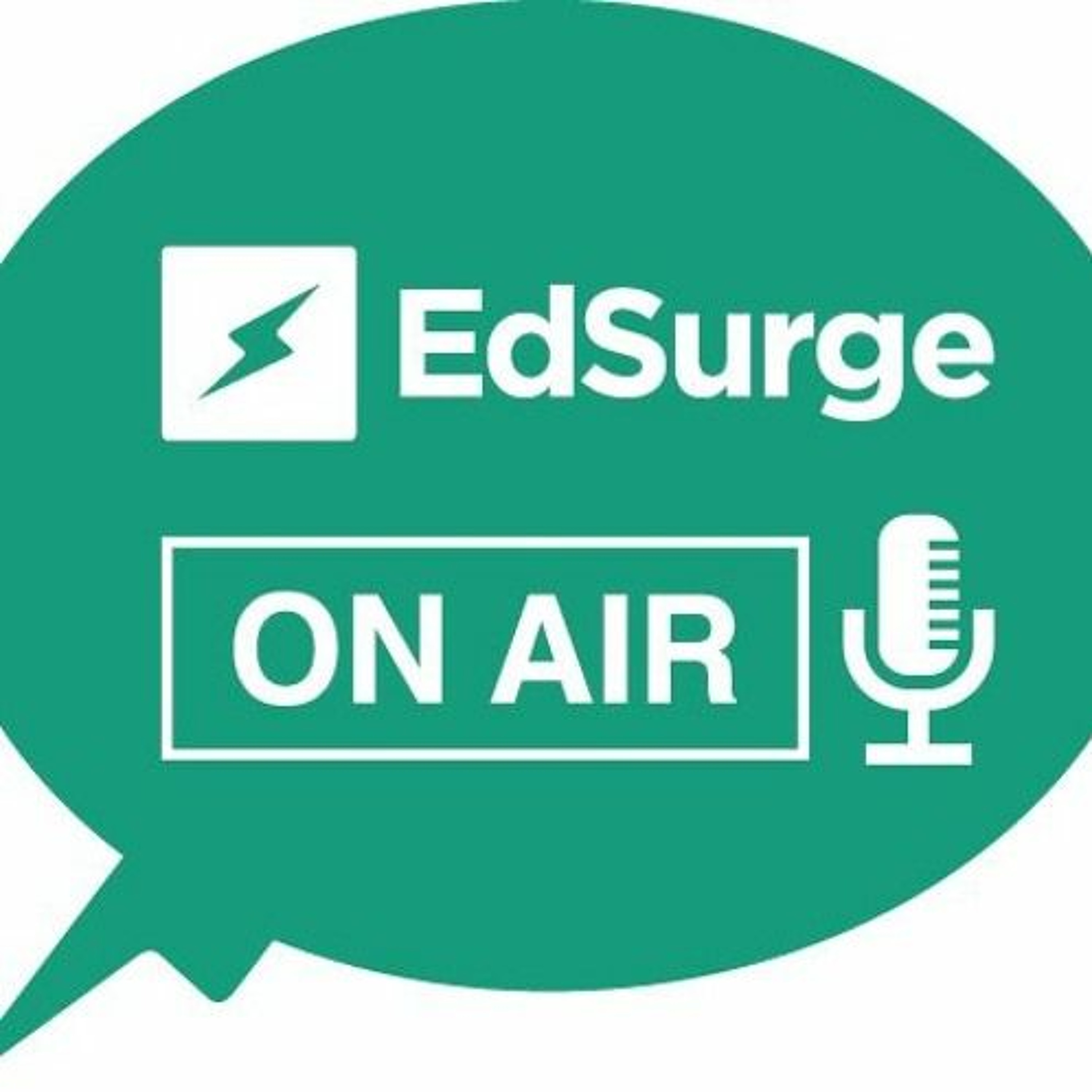
The Secret Ingredient that Helps Schools, Educators and Students Learn
EdSurge Podcast
Shownotes Transcript
How good are schools at learning? Can they get better?
As a culture, we worry a lot about student learning. But students don’t learn in a vacuum: Most are part of organizations (namely schools) that involve adults who also are engaged in learning, both individually and collectively. So what could help them learn?
Here’s the one of the biggest quiet buzzwords in education: Networks. They can happen in any community—among educators, among schools or districts themselves and, of course, among students. And so emphasizing learning networks nudges educators to think about learning in different ways.
Three recent books explore the power of learning networks. This past spring, EdSurge caught up with the authors at the Personalized Learning Summit sponsored by Education Elements.
Ed Elements CEO Anthony Kim, who works with hundreds of educations throughout the US, wrote “The New School Rules: 6 Vital Practices for Thriving and Responsive Schools” with Alexis Gonzales-Black. As Kim worked with school leaders, he realized that what typically drives success or failure of efforts to improve school is not the educational approach but instead “the culture of our schools, organizational structures, and methods of communication and decision making.” He consequently identified what he sees as six “domains of school organization” and explores how schools can learn from one another in these areas.
Lydia Dobyns, CEO of New Tech Network along with co-author and long-time education pundit, Tom Vander Ark, believe deeply that school systems need to learn collectively. In “Better Together: How to Leverage School Networks for Smarter Personalized and Project Based Learning,” they write: “Networks offer the best path to avoid every school attempting to reinvent the wheel.” Dobyns’ experience, both as an executive in the private sector and now as head of the New Tech Network, which involves about 200 schools across the US, takes readers through a tour of how schools can work together in both formal and informal networks to better support student learning.
Julia Freeland Fisher, who directs education research at the Clayton Christensen Institute, similarly believes in the power of learning from peers but her focus is on students themselves. In “Who You Know: Unlocking Innovation that Expand Students’ Networks,” she writes about how students build their own networks of relationships. “Whom you know turns out to matter across all sorts of industries and institutions,” she writes. But by design, schools have wound up “limit[ing] their students’ access to people beyond their embroyic community.” This isn’t just about giving students access to social networks. Instead its about how educators can purposefully help students create relationships inside of schools that will widen their opportunities when they go beyond the school walls.